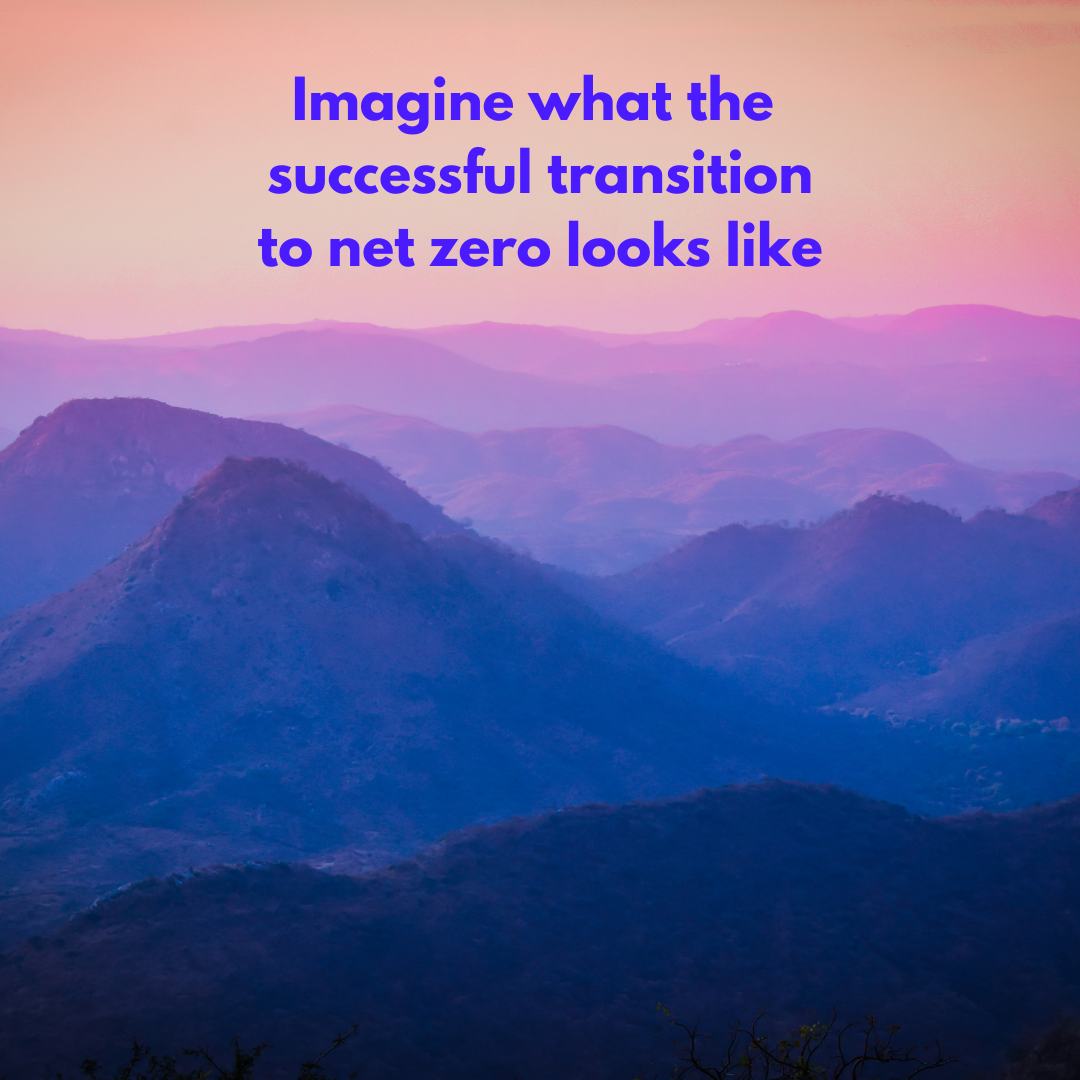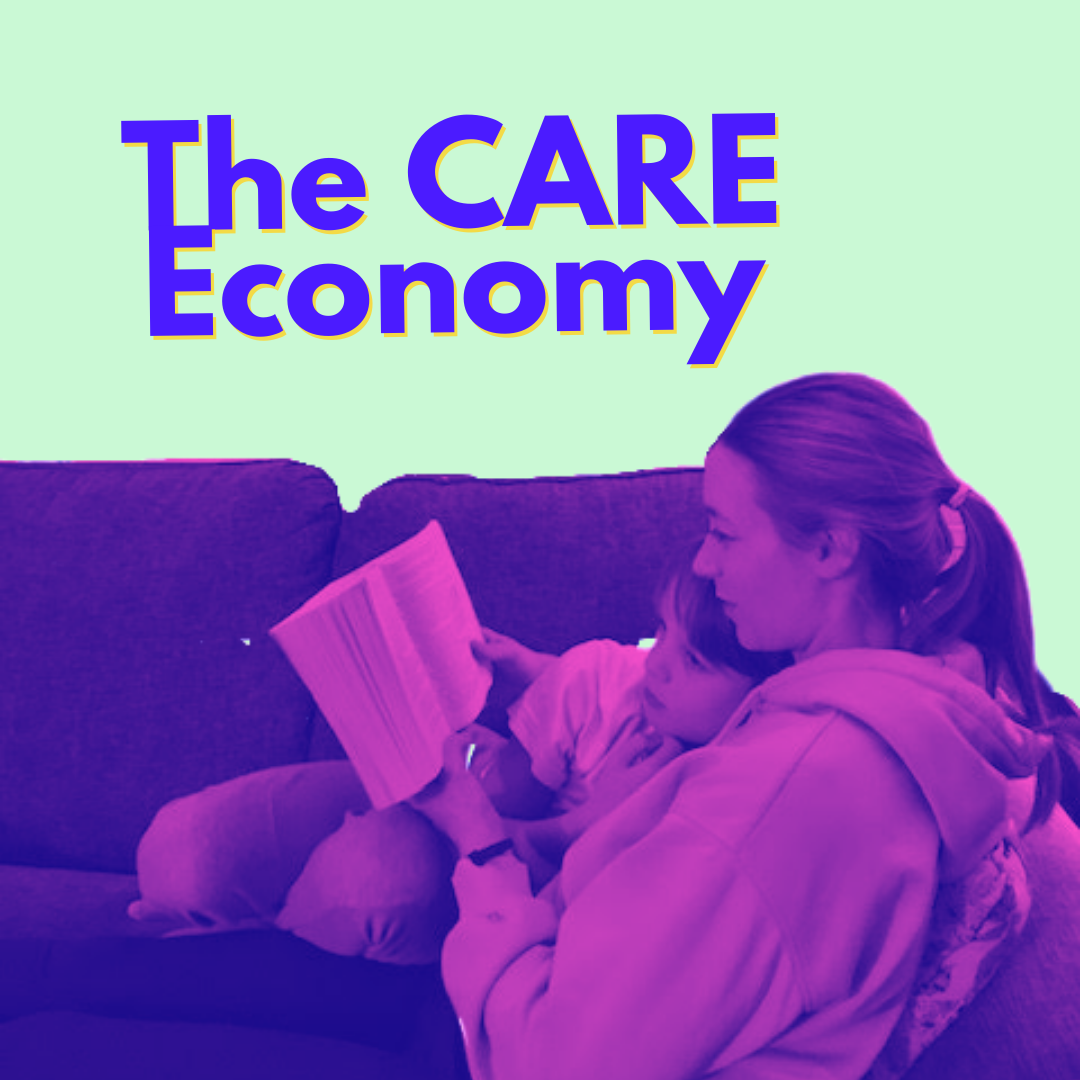It was 2022 - we had just been through three years of the COVID Pandemic - which had fundamentally altered the way we moved, the way we worked, the way we interacted. Kids that had been holed up in front of their computers during quarantine started talking about climate - virtual ocean clean ups in SMP Minecraft worlds led to in person clean ups as the message spread over Minecraft, Discord and Mr Beast. They demanded one day a week to work on climate positive projects at school. Their parents followed.
It was the year of “Don’t Look Up” where Leonardo DiCaprio and Jennifer Lawrence played in a parody of climate change. From then on - all of Hollywood was looking to make movies about climate. The movies got more obvious, the backroom oil and gas negotiations, the razing of the Amazon to provide for grazing of cattle, the private space flights of the super rich blasting holes into the atmosphere. People stopped flying, they stopped eating meat, they stopped shopping. Less really did become more, in the eyes of the (social) media elite. Everyone wanted to show how climate conscious they were.
It helped that this was also the beginning of a long and devastating Inflation - that brought an end to the needless and wasteful overconsumption plaguing the fashion industry; that made food prices skyrocket & taught people how to cook like their grandparents with whole ingredients, meals to feed entire families, to stretch over the week. Everyone took up gardening - in the courtyards, balconies, playgrounds - ate what they grew and shared what they could.
There were oil and gas shortages and prices skyrocketed. Radical climate activists bombed cars like Berlin on the first of May in the 2000s. Most business meetings took place online, businesses shifted the savings from office space into a payment scheme for a four day work week, acknowledging the role each person plays in a care economy. Everyone rode bikes. Governments in Europe began to facilitate cross-border rail travel, making rail the most convenient and lowest carbon way to travel.
It was the beginning of the real shift towards Web3 and crypto currencies - and using these new models of governance, ownership and payment to move towards transparent, participatory & accountable structures : with companies like Plastic Bank using this technology to verify plastic removal from the oceans, Sovereign Nature to give nature a legal voice and ownership, and even WWF using NFTs against species extinction.
People hated this period, and wanted it to be over, to get back to normal. I was in heaven. I got to move to Canada, live in Austria and Greece. I was spending time with my kids, I was volunteering with Climate Changemakers, I was learning what really needed to happen to move the needle, and how to redesign our businesses, institutions and participation to get us there.
The biggest challenge we faced was that people still didn’t see the connection between their personal habits and behaviours and the state of the world. Data surrounding climate change and sustainability was too ‘scientific’ & impersonal. And even so, wasn’t this someone else’s problem to fix? And - why should I do anything, if I can’t be sure others will do the same? A classic tragedy of the commons.
We needed visionaries to create a new way forward, we needed community organisers to bring people together as allies, we needed leaders to work without ego or personal gain on just getting the right things done - and we needed people to tell the right stories. These were the skills I brought to the party.
I helped people to find their voices - to find things that they cared about and to use their voices and spheres of influence to fight for what they cared about with the intensity of Dutton’s in Yellowstone. Like Sun-Run founder Lynn Jurich I ran with the motto - Everyone, everywhere is my ally. I worked on showing people what we have in common, on what we have to lose if we do not work together. The Protect our Winters movement was one of the first to work in this way - to reach out to people with the message of saving climate to save skiing and snowboarding. As Yuval Noah Harari showed us, homo sapiens will do anything if we build the right stories.
Climate got a voice. Climate Changemakers helped people take back their power as citizens, to make climate issues understandable, to care about politics and hold politicians accountable. They partnered with companies who ran their climate action playbook in team building sessions, integrating civic engagement and values based action into the world of #newwork. Project Drawdown made climate change understandable and climate influencers around the world used and shared these visuals - so that awareness of cause and effect skyrocketed.
By 2030, the UN IPCC got its teeth as an supranational climate organisation, and was able to enforce its recommendations towards net zero. The same way the European Green Pass was accepted as a means of controlling movement during Covid, a climate footprint was calculated for each person - adjusted by each consumer or community behaviour, and transparent for all. All Weather Apps were required to show both progress towards capping warming at 1.5° and projections going forward. Climate was measurable, transparent and top of mind.
Parallel in Business - big tech, and the money behind it, led the way. Reputation became as important as returns, and VCs started to prioritise their investments based on impact metrics rather than growth projections alone. If you were not part of the solution, you were not getting funded.
It was not a lightning bolt start, it was hard work. It was gritty. I took my storytelling and community building skills and looked more and more into how to connect behavioural science with web3 technology with social media to nudge people into being citizens instead of consumers, into making climate positive changes and demanding the same from government and business. I used my organising skills to connect people asynchronously and remotely from around the world to work collaboratively on knowledge databases in real time, to align work around the SDGs and to make the potential impact of such projects transparent to best prioritise resources.
By 2040, we hit net-zero. Earlier than was promised in 2022 because we had to, and because we could. We did not just solve climate change - we changed our entire ways of thinking - we intentionally re-designed our economies to become equitable, distributive, regenerative. We shifted towards systems thinking and changed the way we think about progress, growth, participation, and community. We built the future.







